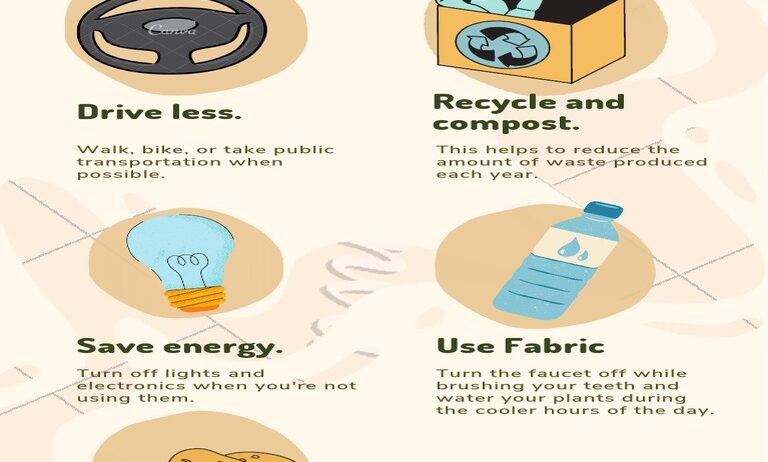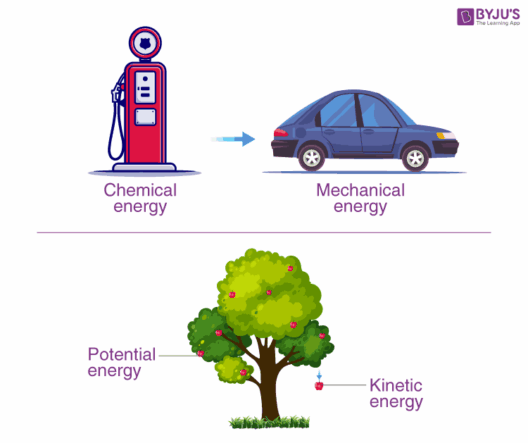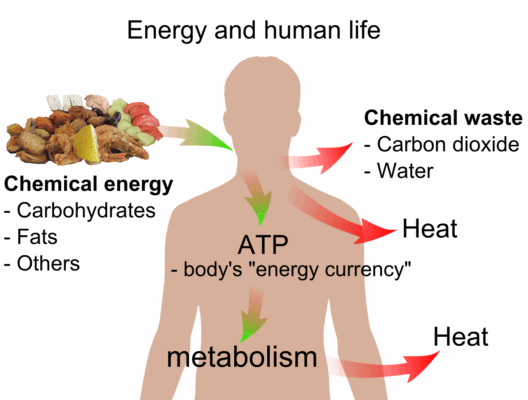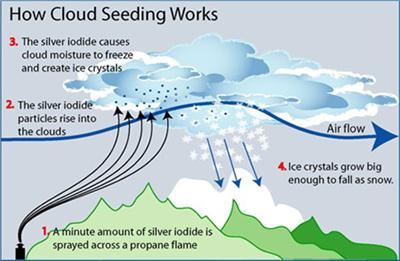The urgency of combating climate change has never been more palpable. As global temperatures continue to rise, the onus of responsibility transcends governments and corporations; individuals play a pivotal role in this existential challenge. Below are ten realistic actions you can take to mitigate climate change effectively. One may be surprised at how modest lifestyle alterations can yield significant environmental benefits.
1. Embrace Renewable Energy
Transitioning to renewable energy sources is a compelling way to reduce your carbon footprint. Consider installing solar panels on your home, utilizing wind energy, or opting for green energy suppliers that furnish electricity generated from wind, solar, or hydropower. This simple shift not only lessens dependency on fossil fuels but also catalyzes a larger societal transformation towards sustainable energy systems.
2. Advocate for Sustainable Transportation
Every mile matters when it comes to carbon emissions. Embrace alternative transportation methods that minimize your ecological impact. Utilize public transit, psychically-intense biking, or walking when feasible—doing so not only reduces greenhouse gases but also enhances urban air quality. If a vehicle is essential, favor hybrids or electric cars. Carpooling is another viable solution, eliminating multiple cars on the road while simultaneously fostering community connections.
3. Adopt a Plant-Based Diet
The food we consume plays a formidable role in climate change. Processed meats and dairy products demand large amounts of resources and generate profound emissions. Embracing a predominantly plant-based diet can significantly slash your personal carbon emissions. Engage in simple practices like participating in Meatless Mondays, integrating vegetables, legumes, and grains into your meals while exploring diverse culinary traditions. Your body and the planet will benefit.
4. Optimize Water Usage
Water scarcity is an insidious yet pivotal facet of climate change. By implementing water-saving strategies, you can contribute to conservation efforts. Employ rain barrels for irrigation, fix leaks, and utilize drought-resistant landscaping. Shortening showers or transitioning to low-flow faucets and toilets can substantially curtail your water consumption. Every drop counts in preserving this precious resource.
5. Support Local and Sustainable Products
The environmental impact of transportation and production processes is significant. By prioritizing local and sustainably sourced goods, individuals can reduce their carbon footprints. Visit farmer’s markets and support local artisans and producers who prioritize ethical practices. Not only does this foster community, but it also diminishes the fuel expended in transporting goods from afar. Local economies thrive when you invest in your neighborhood.
6. Practice Conscious Consumerism
The mantra of buying less, choosing wisely holds profound weight. Consumer choices can drive companies to adopt more sustainable practices. Before acquiring new items, ask yourself whether the purchase is necessary and whether it produces a discernible positive impact on the environment. Support companies committed to sustainability through eco-conscious manufacturing processes and ethical labor practices. The collective actions of conscientious consumers nullify eco-destructive behaviors in businesses.
7. Engage in Climate Advocacy
Climate change is not solely an environmental issue; it is a social justice issue, too. Engage in advocacy efforts that press for governmental policies aimed at curtailing emissions and promoting sustainability. Participate in local community meetings, engage with representatives, and raise awareness about climate issues through social media platforms. Empowering others to do the same creates a ripple effect of consciousness, making climate action a priority for society at large.
8. Enhance Energy Efficiency at Home
Transform your living space into an energy-efficient enclave. Swap incandescent bulbs for LED lighting, insulate your home to retain heat, and routinely maintain appliances to ensure they operate optimally. Engage in smart-power practices, such as unplugging devices when not in use and employing energy-efficient power strips. Each modicum of energy saved contributes to reducing overall carbon emissions, transforming homes into bastions of sustainability.
9. Participate in Afforestation and Reforestation
Forests are the lungs of our planet, storing carbon and providing essential habitats. Contribute to afforestation or reforestation projects in your area. Whether through direct participation in tree-planting initiatives or financial support for organizations dedicated to restoring natural landscapes, nurturing trees helps sequester carbon from the atmosphere. Every planted tree is a silent guardian in the battle against climate change.
10. Foster Environmental Education
Education is a catalyst for change. Empower yourself and share knowledge about climate issues with friends, family, and the community. Organize workshops, book clubs, or presentations centered on sustainability practices and the science of climate change. By fostering a culture of environmental awareness, you ignite curiosity and encourage collective action, ensuring that forthcoming generations carry the torch of environmental stewardship.
In summation, while climate change may seem an overwhelming challenge, individual actions wield transformative potential. The path toward a more sustainable future requires a collective shift in perspective—a commitment to making conscious choices. Embrace the power within your grasp and take these realistic actions, propelling society toward a harmonious relationship with our planet. The question is no longer if we can make a difference, but rather, what actions will you take today to ensure a thriving world for tomorrow?








